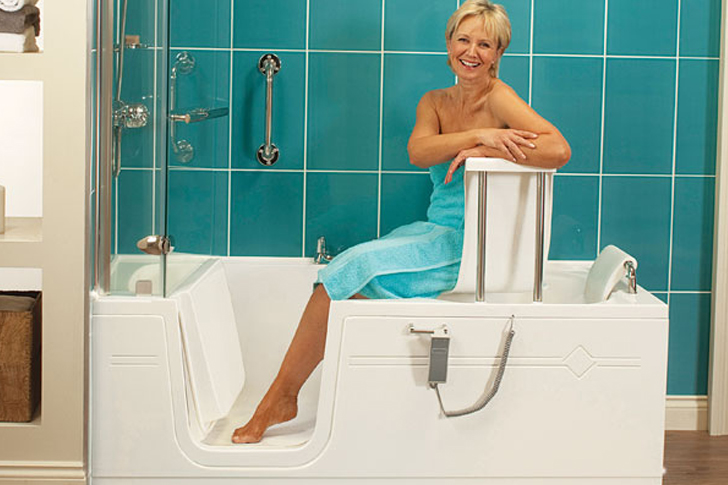Comprehensive Overview of Walk-in Bathtubs
The concept of walk-in bathtubs has revolutionized bathroom safety and accessibility, providing an essential solution for the elderly and those with mobility challenges. Walk-in bathtubs feature doors that open and close, allowing users to enter without having to climb over the side. This design not only reduces the risk of slips and falls but also supports independent living. This comprehensive overview will explore various aspects of walk-in bathtubs, including their features, benefits, installation considerations, and cost analysis.

What is a Walk-In Bathtub?
A walk-in bathtub is a bathtub with a door that allows users to step in without having to climb over the tub edge. These bathtubs are deeper compared to standard tubs and often come equipped with additional features such as non-slip floors, grab bars, and comfortable seating. Walk-in tubs typically require professional installation and may involve plumbing and electrical work, especially for models that include therapeutic features like hydrotherapy jets or heated seats.
Key Features and Benefits
The primary appeal of walk-in tubs lies in their safety and ease of use. Most models include features such as inward or outward swinging doors, low threshold entry, built-in seats (usually positioned at chair height), easy-to-reach controls, and anti-slip flooring. Beyond safety, these tubs provide therapeutic benefits due to optional features such as air jets, whirlpool jets, quick draining capabilities, and in-line heaters keeping the water warm. The therapeutic features can help alleviate symptoms of arthritis, improve circulation, and relax tense muscles.
This combination of safety and comfort makes walk-in bathtubs particularly valuable for seniors or individuals with limited mobility, enhancing their quality of life by promoting a sense of independence and well-being.
Installation Considerations
Installation of a walk-in bathtub is not a simple DIY project. It requires substantial modifications to existing plumbing systems and potentially to electrical systems, especially for bathtubs equipped with advanced features like thermostatic control systems or digital touch panels. Depending on the layout of the existing bathroom, additional space may need to be created.
Professional installation is critical as poor installation can lead to leaks or operational issues. Most companies that sell walk-in bathtubs offer installation services or coordinate with licensed contractors. This ensures that the tub is properly integrated into the home’s existing structures and systems.
Cost Analysis
The cost of a walk-in bathtub can vary widely depending on the size, materials, and additional features. Basic models can start around $2,000, but more feature-rich tubs can easily exceed $10,000. Installation costs can vary as well, generally ranging between $1,000 to $5,000 depending on the complexity of the installation and necessary bathroom modifications.
It’s worth noting that some costs might be offset by grants, subsidies or through medical insurance schemes if the user has particular health needs that necessitate a walk-in bathtub. Additionally, investing in such a bathtub can increase the value of a home and certainly its desirability for certain buyers in the future.
Choosing the Right Model
Choosing the right walk-in bathtub involves considering several factors, including the user’s specific needs, the size of the bathroom, and the desired features. It is crucial to select a model that accommodates the user’s mobility limitations and fits comfortably within the available space.
Many users prioritize models that offer rapid fill and drain systems to reduce the time spent waiting in the tub. Therapeutic features like hydrotherapy jets are popular choices for those with chronic pain or circulatory issues. Always ensure that the tub model complies with the American National Standards Institute (ANSI) for safety and durability.
The Future of Walk-In Bathtubs
The market for walk-in bathtubs is expected to continue growing as the global population ages. Innovations in materials, therapeutic technologies, and design are likely to enhance the functionalities and appeal of walk-in bathtubs. Smart technology integration, such as water temperature controls via smartphone apps or voice commands, might become standard features in the future, enhancing the usability and safety of these bathtubs even further.
In conclusion, walk-in bathtubs provide critical benefits for individuals dealing with mobility issues, significantly aiding daily routines and improving quality of life. When considering such an investment, it’s crucial to evaluate options carefully, keeping in mind both immediate needs and long-term functionality. As the demographic landscape shifts toward an older population, the relevance and demand for walk-in bathtubs are anticipated to increase, making them a prudent addition to modern homes.







Recent Comments